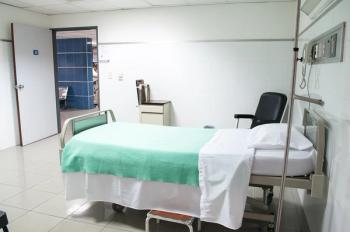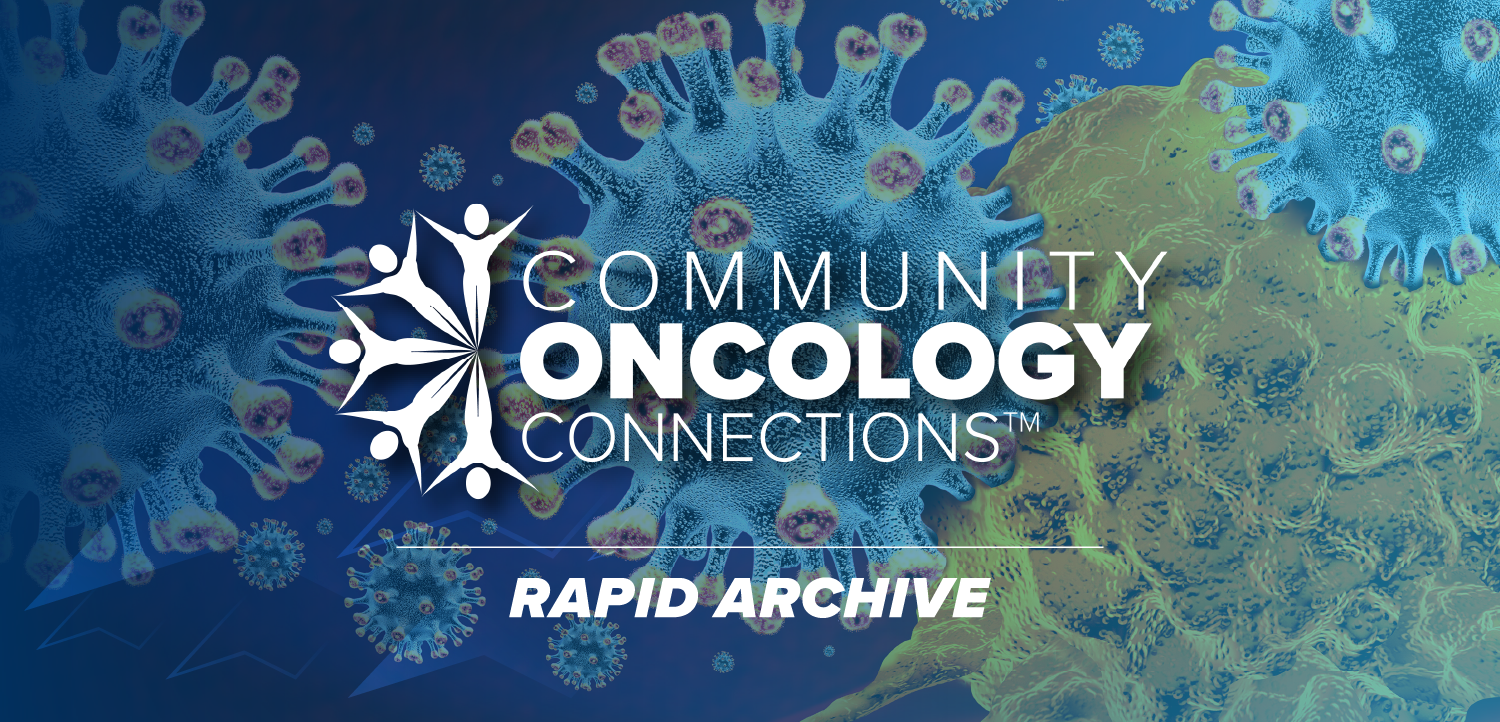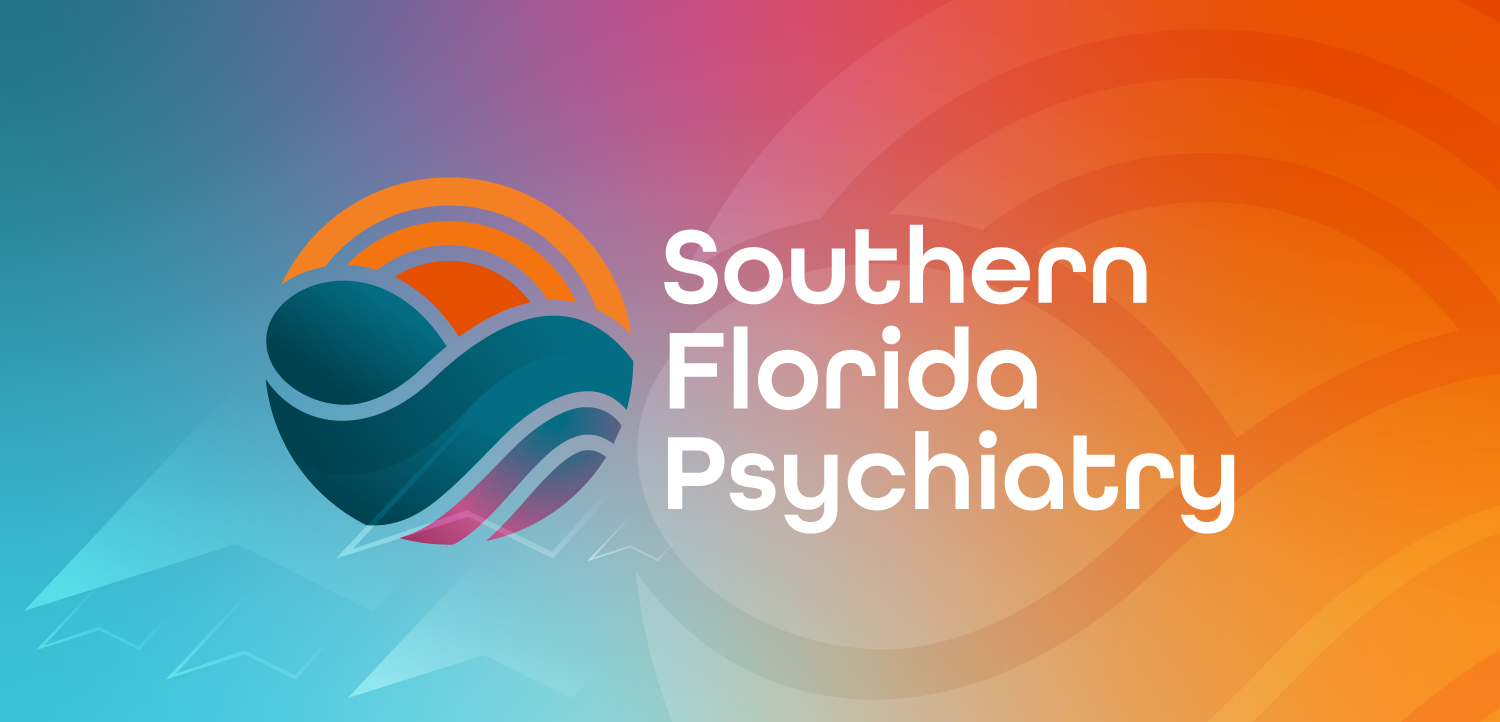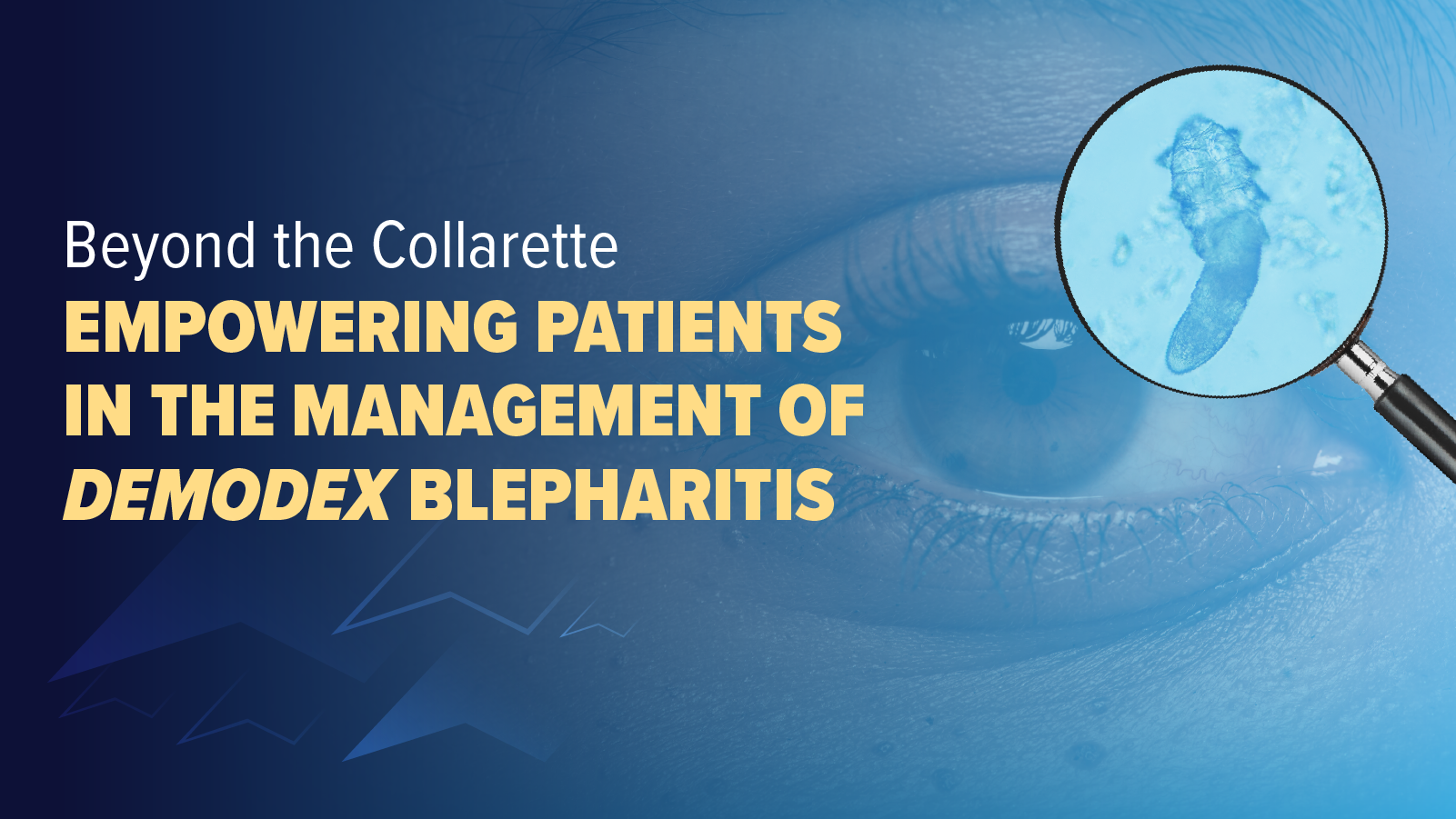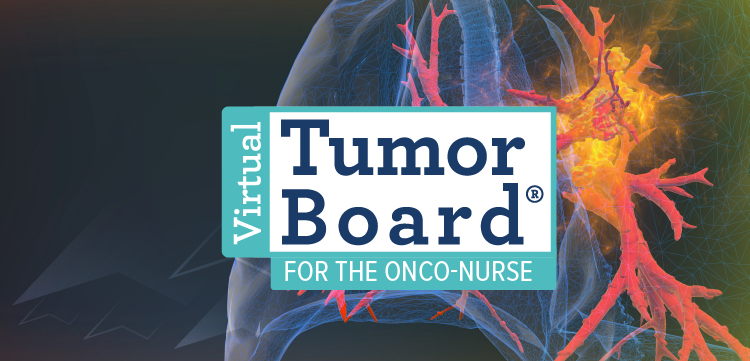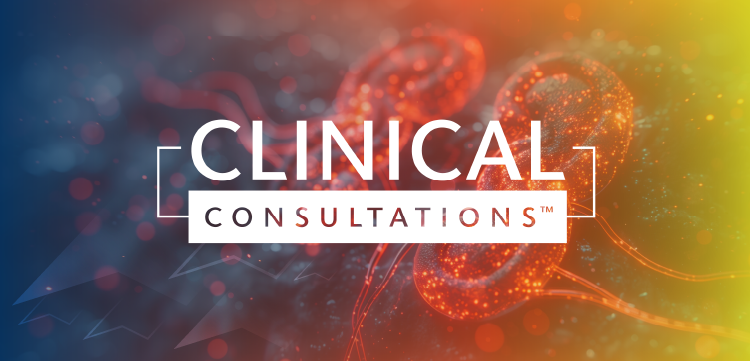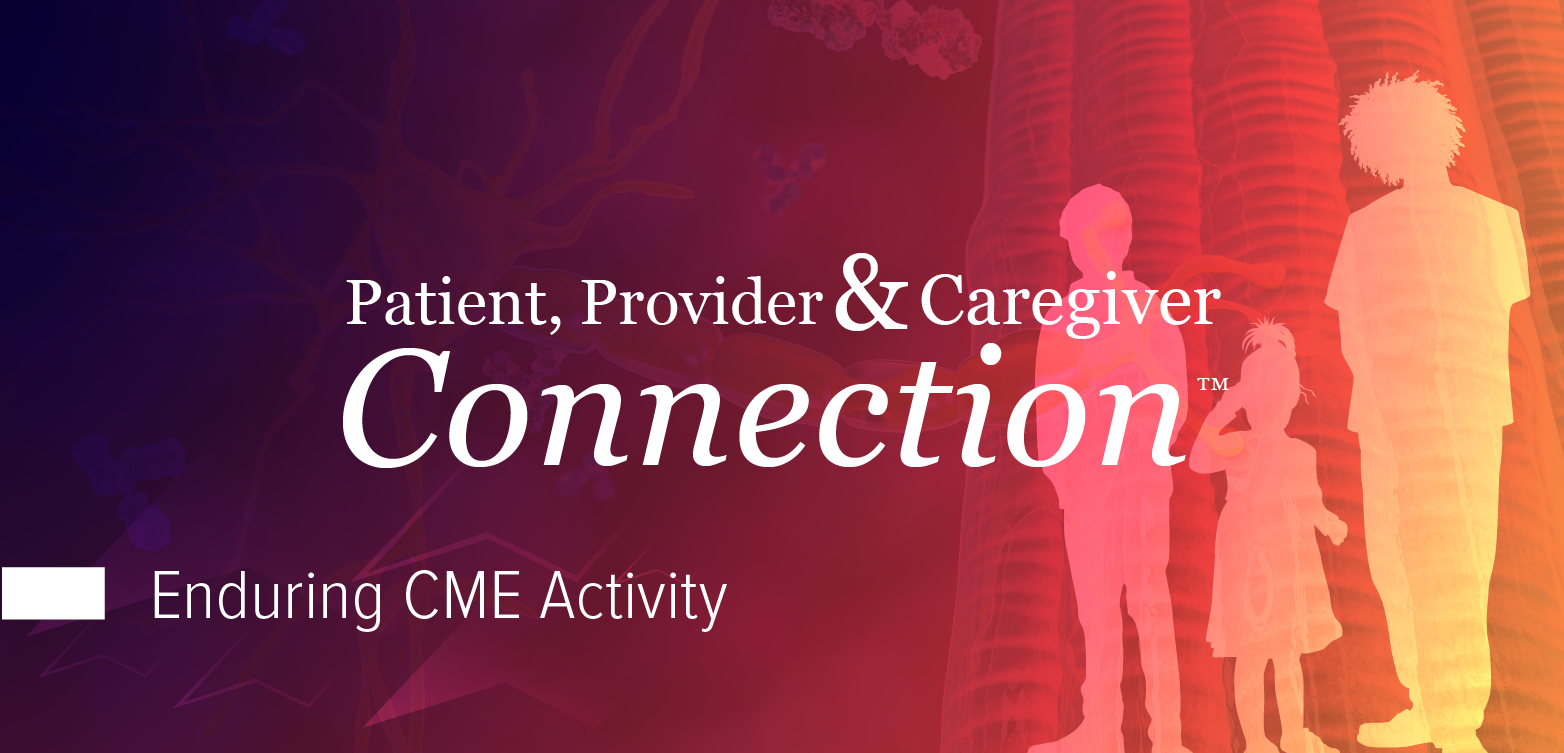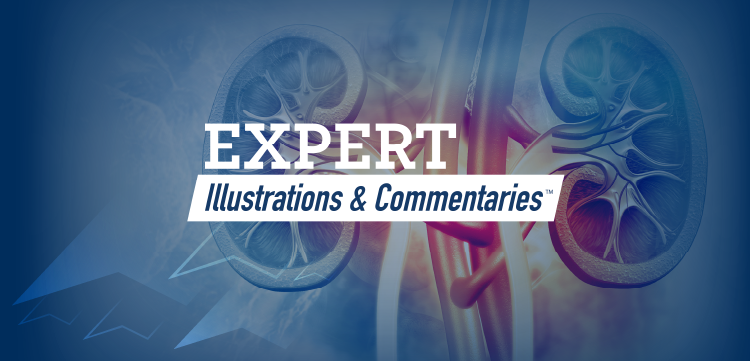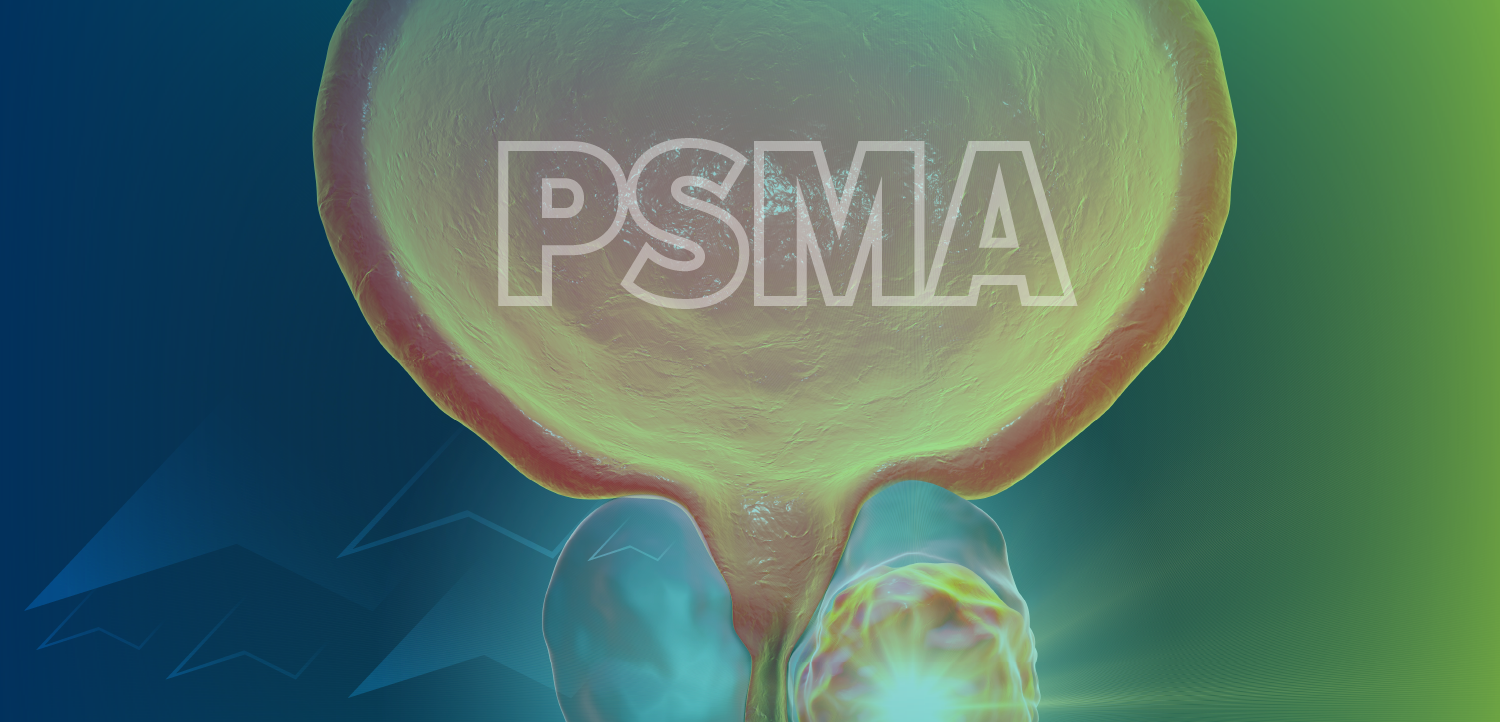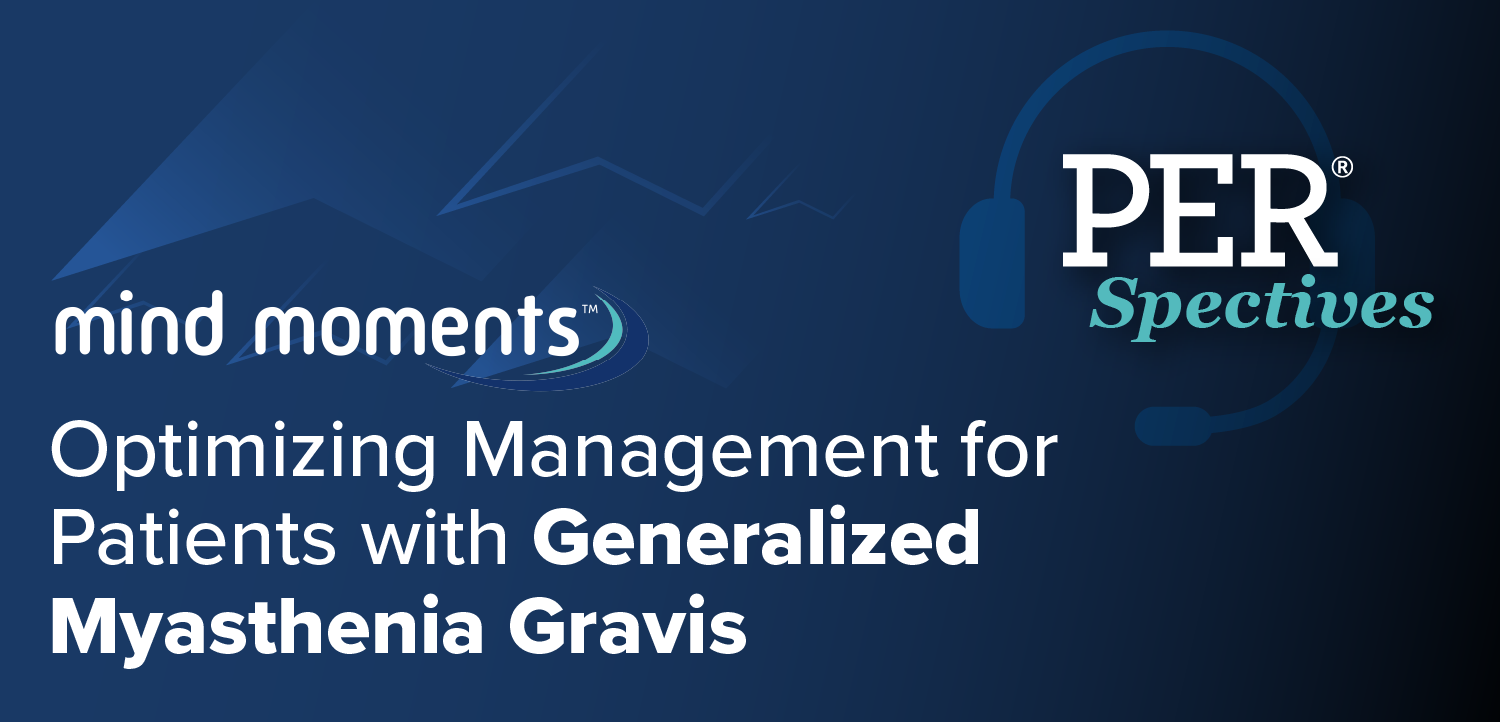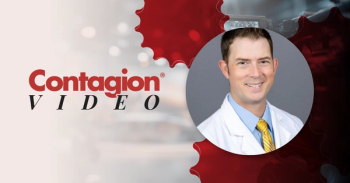
- Contagion, Spring 2025 Digital Edition
- Volume 10
- Issue 1
HIV's Golden Age: Responding to the Needs of an Aging Population
As the cohort of people living with HIV in the US ages, HIV care programs must rapidly adapt to the changing needs of older adults with HIV.
The US HIV epidemic has drastically shifted from primarily a brief, fatal disease of the young to a chronic, manageable illness that people acquire at any age and also grow older with. While the aging of HIV is a welcome consequence of dramatic improvements in HIV care over the past 40 years, it has created unique challenges for older adults with HIV (OAWH; commonly defined as anyone over age 50 years living with HIV) and the people and programs that care for them. As of 2022, over half of the approximately 1.1 million people living with HIV (PLWH) in the US were over the age of 50 years,1 and as the general US population continues to age, the same trend is expected to continue in PLWH. OAWH are often long-term survivors, those who have lived through the earlier days of the epidemic and often carry the emotional trauma of that stigma and loss, as well as medical repercussions of lower CD4 nadirs and exposure to older, more toxic antiretrovirals.
The experiences of our OAWH cohort are not uniform, though; the group also includes those more recently diagnosed with HIV (adults older than 50 years represented 16% of new infections in 20221), and many advocates would include those born with HIV, or lifetime survivors, regardless of current age as well. The needs of these groups are complex, variable, and in many ways a world away from what was needed in the early days of the epidemic. What’s not changed is the rapidity that the HIV community needs to respond to deliver the care that PLWH need, now. The association between HIV and noninfectious comorbidities has been known as early as 2006, when the SMART trial, designed to evaluate whether CD4 count–based interruptions in antiretroviral therapy (ART) could spare PLWH from ART toxicity, found that uncontrolled viremia actually increased the risk of death from cardiovascular, renal, and hepatic disease in addition to HIV-related mortality.2 Subsequent research has expanded the list of proven HIV-related noninfectious comorbidities to include cardiovascular diseases (including hypertension, coronary artery disease, acute myocardial infarction, heart failure, peripheral arterial disease, cerebrovascular disease, and atrial fibrillation), bone disease (low bone mineral density and osteonecrosis), renal disease, liver disease, diabetes, neurocognitive deficit, and multiple cancers.3-10
These diseases also occur more commonly with age, and in PLWH, they additionally occur approximately 10 years earlier than expected and cluster together more than expected, concepts known as accelerated aging and multimorbidity, respectively.3 On top of the physical ramifications of longstanding HIV infection, mental health and social challenges also burden PLWH. Approximately one-third to half of PLWH experience depression, other mental health diagnoses, inadequate social support, loneliness, substance use, stigma or discrimination, and social isolation or loneliness. Independently, loneliness and social isolation correlate with higher rates of depression, alcohol and tobacco use, fewer relationships, and lower quality of life, in addition to higher health care costs and up to 50% greater mortality.11-13 The HIV care apparatus in the US is in the process of learning how to adjust our care models to fit a population that is growing chronologically older and is physiologically older, with multimorbidity and cognitive decline, and that perhaps didn’t expect or plan to live to these ages—all on top of the stigma, loss, and social isolation that we already know exists in our patients. The most straightforward first step is to borrow from the experience, knowledge, and models of our geriatrics colleagues by implementing aspects of their comprehensive geriatric assessment (CGA) or the 5 M’s of geriatrics into HIV care. Assessments included in a CGA are not standardized in the literature but typically include domains of physical health and medical history, mental health, function/mobility, socioeconomic health, and advanced care planning (TABLE). A CGA should be a multidisciplinary effort that is ongoing over time; aimed at identifying deficits that can be improved; and will include history, examination, chart review, questionnaires or screenings, and physical tests. Notably, according to Kane et al, “the specifics of the geriatric assessment process seem to be less important than the very act of systematically approaching older people with the belief that improvement is possible.”14 The 5 M’s constitute a similar (but easier to remember) framework that adds in Matters Most, a reminder that assessments and interventions must be tailored to each individual patient’s priorities (FIGURE).15
Incorporating these assessments will seem daunting, but it doesn’t need to be. HIV clinics may not all be familiar with the specific geriatric assessments yet, but they’re certainly well versed in the overarching concepts of geriatrics: patient-centered care, managing complexities, interprofessional multidisciplinary care, and an emphasis on the social context of care. If and when geriatric assessments can be incorporated into care, the rest of the compassionate coordination of complex care is expected to naturally follow. Clinics aiming to link their OAWH to this set of assessments have a few options. The rare and fortunate program will find or train a clinician with expertise in both HIV care and geriatrics. Another lucky few with geriatrician access are able to refer out for this service or invite geriatricians into their HIV clinics, often designating a specific day or session as the HIV-aging clinic. As the number of geriatricians has not kept pace with the general US population’s need, let alone the HIV need, these first models are not often feasible. The majority of US clinics will need to invest time, energy, and/or funding to rise to the challenge on their own, adopting critical assessments and creating interventions and referral pathways to meet their populations’ aging-related needs. This endeavor can take the form of multiple small steps: adding a few new screens to the clinic triage/ rooming process, giving patients a pertinent questionnaire to complete in the waiting room, offering patient listening sessions or support groups around aging with HIV, requiring routine pharmacist evaluation of medication lists, initiating quality improvement projects on medical screenings, linking each patient to social workers for advanced care planning conversations, and on and on.... The key, to quote Arthur Ashe, is to “start where you are; use what you have; do what you can” to begin the process of expanding the services we offer to better meet the needs of the people we serve.9
References
1.Centers for Disease Control and Prevention. HIV surveillance report: diagnoses, deaths, and prevalence of HIV in the United States and 6 territories and freely associated states, 2022. May 21, 2024. Accessed Feb 18, 2025. https://stacks.cdc.gov/view/cdc/156509
2.Strategies for Management of Antiretroviral Therapy (SMART) Study Group; El-Sadr WM, Lundgren J, Neaton JD, et al. CD4+ count-guided interruption of antiretroviral treatment. N Engl J Med. 2006;355(22):2283-2296. doi:10.1056/NEJMoa062360
3.Schouten J, Wit FW, Stolte IG, et al; GEhIV Cohort Study Group. Cross-sectional comparison of the prevalence of age-associated comorbidities and their risk factors between HIV-infected and uninfected individuals: the AGEhIV cohort study. Clin Infect Dis. 2014;59(12):1787-1797. doi:10.1093/cid/ciu701
4.Freiberg MS, Chang CC, Kuller LH, et al. HIV infection and the risk of acute myocardial infarction. JAMA Intern Med. 2013;173(8):614-622. doi:10.1001/jamainternmed.2013.3728
5.Islam FM, Wu J, Jansson J, Wilson DP. Relative risk of cardiovascular disease among people living with HIV: a systematic review and meta-analysis. HIV Med. 2012;13(8):453-468. doi:10.1111/j.1468-1293.2012.00996.x
6.Butt AA, Chang CC, Kuller L, et al. Risk of heart failure with human immunodeficiency virus in the absence of prior diagnosis of coronary heart disease. Arch Intern Med. 2011;171(8):737-743. doi:10.1001/archinternmed.2011.151
7.Hsu JC, Li Y, Marcus GM, et al. Atrial fibrillation and atrial flutter in human immunodeficiency virus-infected persons: incidence, risk factors, and association with markers of HIV disease severity. J Am Coll Cardiol. 2013;61(22):2288-2295. doi:10.1016/j.jacc.2013.03.022
8.Chow FC, Regan S, Feske S, Meigs JB, Grinspoon SK, Triant VA. Comparison of ischemic stroke incidence in HIV-infected and non-HIV-infected patients in a US health care system. J Acquir Immune Defic Syndr. 2012;60(4):351-358. doi:10.1097/QAI.0b013e31825c7f24
9.Silverberg MJ, Lau B, Achenbach CJ, et al; North American AIDS Cohort Collaboration on Research and Design of the International Epidemiologic Databases to Evaluate AIDS. Cumulative Incidence of cancer among persons with HIV in North America: a cohort study. Ann Intern Med. 2015;163(7):507-518. doi:10.7326/M14-2768
10.Falade-Nwulia O, Thio CL. Liver disease, HIV and aging. Sex Health. 2011;8(4):512-520. doi:10.1071/SH10163
11.HealthHIV. HealthHIV state of aging with HIV fourth annual national survey. January 2025. Accessed February 18, 2025. https://healthhiv.org/stateof/agingwithhiv/
12.Hosaka KRJ, Greene M, Premeaux TA, et al. Geriatric syndromes in older adults living with HIV and cognitive impairment. J Am Geriatr Soc. 2019;67(9):1913-1916. doi:10.1111/jgs.16034
13.Marziali ME, Card KG, McLinden T, et al. Relationship between social isolation and mortality among people living with HIV in British Columbia, Canada. Presented at: 28th Annual Canadian Conference on HIV/AIDS Research; May 9-12, 2019; Saskatoon, Canada. Abstract EPH3.08. Accessed February 18, 2025. https://www.cahr-acrv.ca/wp-content/uploads/2019/04/CAHR-2019-Abstract-Book.pdf
14.Kane RL, Ouslander JG, Abrass IB, Resnick B. Evaluating the geriatric patient. In: Kane RL, Ouslander JG, Abrass IB, Resnick B, eds. Essentials of Clinical Geriatrics. 7th ed. McGraw-Hill Education; 2013.
15.Tinetti M, Huang A, Molnar F. The Geriatrics 5M’s: a new way of communicating what we do. J Am Geriatr Soc. 2017;65(9):2115. doi:10.1111/jgs.14979
www.oar.nih.gov/nih-hiv-research-program/hiv-aging
Articles in this issue
7 months ago
Shifting Sands in Cellulitis7 months ago
H5N1: The Outbreak the US Got Bored With7 months ago
Contagion Spring 2025 Digital EditionNewsletter
Stay ahead of emerging infectious disease threats with expert insights and breaking research. Subscribe now to get updates delivered straight to your inbox.

